Contraception in Japan
The Savvy Guide to Safe Sex & Birth Control Options
Safe sex takes some conscientious planning—and that's when you already know the language and cultural conventions. What do you do when you're looking to get down in Japan but don't want to get knocked up or acquire any other, more sinister, side effects?
The three main approaches to contraception in Japan are condoms, the pill or intrauterine devices (IUDs). Unfortunately, other alternative options may be expensive and/or difficult to find. Worry not, however—for those in a panicked frenzy after a night out, the morning-after pill is also available.
Here’s a breakdown of the following birth control methods in Japan:
Condoms
 © Photo by iStock: Sinenkiy
© Photo by iStock: SinenkiyMale condoms are the go-to contraceptive method for 75 percent of Japanese people. The highest in the world, according to the 2022 United Nations World Family Planning report. Head to your local pharmacy or a convenience store for a whole slew of options, including lubrication or without, thickness, texture and size. In the same area, you’ll often find bottles of personal lubricant as well as spermicides (殺精子薬; satsuseishiyaku).
If you’re looking to spice up your love life, check out Don Quijote’s adults-only section. You’ll find condoms with flavored options, alternative textures and more. Specialty sex stores, such as M’s (Japanese) in Akihabara, offer even more options in this department. These stores also have great self-pleasure toys for women, so keep an eye out for those while browsing.
The most common Japanese condom brands are Okamoto, Sagami, Kimono and Gorgeous Butterfly. You’ll also occasionally find novelty condoms, such as those based on popular cartoon characters or famous clothing brands. Quite a few years ago, you could actually get condoms with the famous Louis Vuitton print!
See our full Japanese condom brands guide for more information about Japan’s top rubbers.
Japanese Condom Sizes
On many condom packages, you’ll find numbers proudly displayed in huge font: 0.1 and 0.2 millimeters, which indicate the thickness of the latex used. Some brands even sell 0.01 condoms designed to feel like nothing at all. These super-thin condoms are appealing to those who want the feel of unprotected sex. Despite how thin they sound, they are just as sturdy as the thicker types.
While Japanese condoms may seem slightly smaller around the base, their overall length is comparable to Western brands. As a note of caution, be aware that some “big boy” condoms actually just have longer reservoir tips than others.
Female Condoms (Internal)
Female condoms, on the other hand, are very hard to come by in Japan. Though some online pharmacies in Japan may have it available, they are not commonly used. If you do manage to find them, they usually run upwards of ¥2,000 for a box of five. If female condoms are the contraceptive of your choice, your best bet is to bring some over with you next time you’re back in your home country or check to see if they can be delivered over to Japan.
The Contraceptive Pill
 © Photo by iStock: Sorapop
© Photo by iStock: SorapopIf you’re looking for an alternative to wrapping it up, oral contraception (aka “the pill”) comes in two low-dose forms: monophasic or multiphasic. However, getting a hold of the pill can be disgruntling for many women. Neither form is covered by National Health Insurance (NHI) and both cost around ¥3,000 per sheet. Medium doses and above are very rare with few brands available, while mini pills are not legal in Japan.
The pill itself was not legalized in Japan until almost 40 years after the US—in 1999.
Until that point, and even since then by some old-fashioned doctors, they were marketed more as a medication for ‘hysterical’ women. This caused somewhat of a stigma in Japan for those women wishing to take them. I had a long-term boyfriend once ask me if I was depressed because, in school, he had been told that only women with “hormonal issues” took the pill. The stigma is slowly disappearing, but this is why many people still prefer condoms to other methods of contraception.
Finding the right doctor is key! Regular blood tests are part of the pill package and most prescriptions require monthly renewals. This holds true for other forms of birth control such as IUDs and hormone patches as well—with the latter only recently becoming more widely available. If this is a route you’re looking into, be sure to consult your OB-GYN to find out what your options are.
NHI Covered Pills
If you were taking a certain type of pill overseas in your home country, you can ask your gynecologist for a pill with the same ingredient makeup. Surprisingly, they may even prescribe you a brand that is covered under health insurance. But there’s a catch! They have to prescribe you that particular pill brand under the context of it being for other symptoms like pain management, as they are unable to prescribe the pill as a contraceptive if it is covered under NHI. This can be worrying as sometimes the leaflet inside the pill box will literally say, “You cannot take this medicine to prevent pregnancy”, even though your gynecologist prescribed it to you after asking for the contraceptive pill.
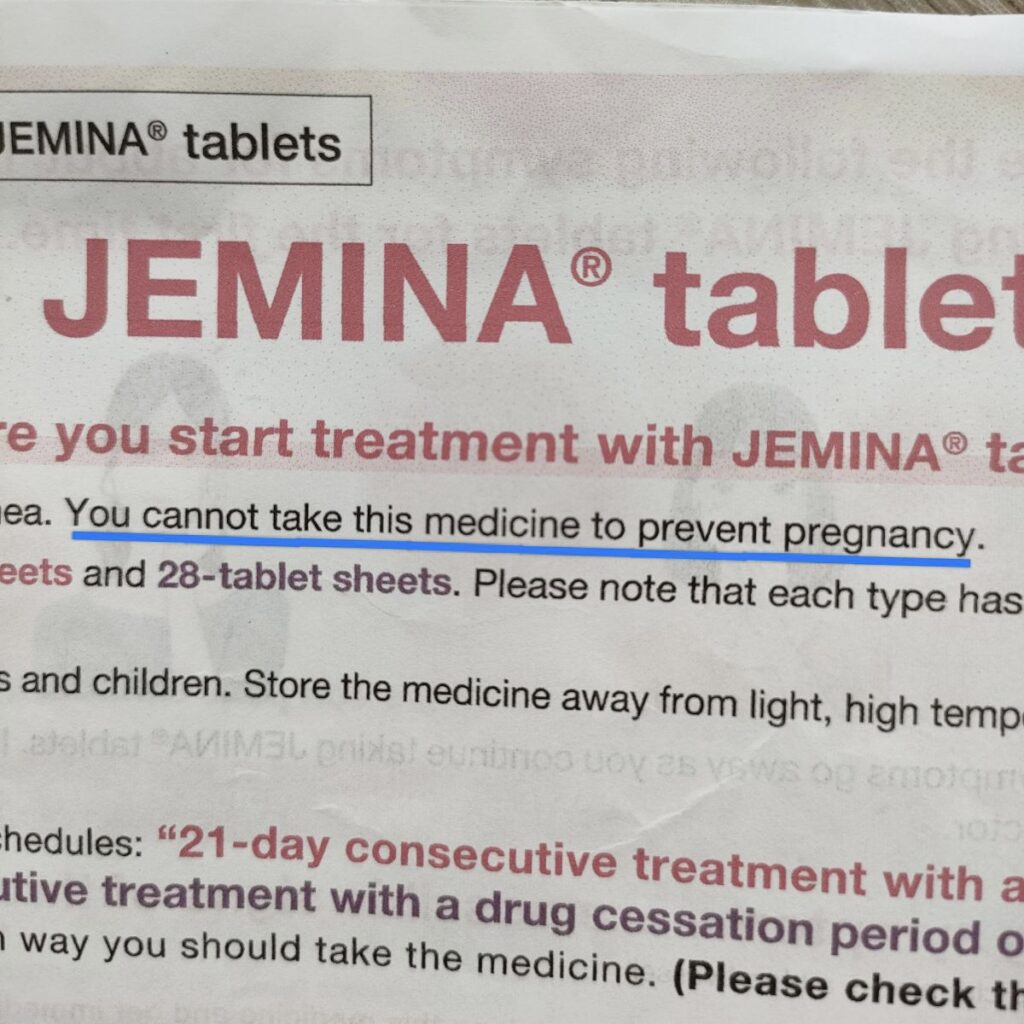 © Photo by The Savvy Team
© Photo by The Savvy TeamIf you experience this and are worried, it’s always good to double-check with your trusted gynecologist. However, they may just explain that due to the specific brand of pill you want being covered under the NHI, and Japan not allowing the contraceptive pill to be covered, they have to prescribe it to you for another reason—with the contraceptive factor being more of a “convenient side effect.”
Something helpful to keep note of from this is that if you are suffering from things like dysmenorrhea or endometriosis, the doctor can prescribe you the pill covered under NHI.
Intrauterine Devices
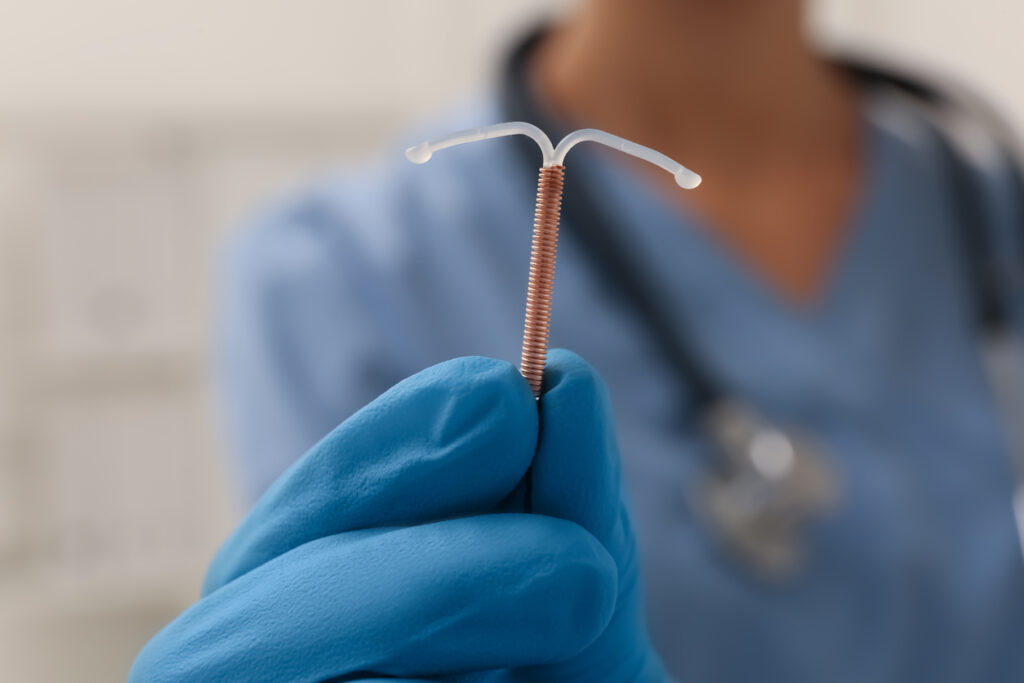 © Photo by iStock: Liudmila Chernetska
© Photo by iStock: Liudmila ChernetskaIntrauterine devices, aka IUDs or coils, (子宮内器具; shikyunai kigu or 避妊リング; hinin ringu) come in both copper and hormone-releasing types. You have to come in for several appointments before you qualify to receive one. The devices can range in price anywhere from ¥30,000 to ¥100,000 depending on the clinic and your needs. Out of the two varieties available, copper is much more common.
One key thing to note is that you’ll actually need to have your cycle tracked for at least a couple of months before you can get your hands on one of these.
In general, if you are a young, unmarried, sexually active women who is not looking to conceive, or a married woman that has finished having children, you can make the relevant appointments need to get the process of inserting an IUD started.
However, from what I have experienced and heard from other women, some doctors do not provide this method because of the potential complications—such as the device shifting, post-insertion infection or bleeding. The insertion itself is fairly painful, but it only lasts for a few moments. Some minor bleeding (light spotting for most women I know) will follow.
Your doctor will give you antibiotics and painkiller prescriptions if needed. They may also require you to make a follow-up appointment for the following week or month. This may or may not be the case for everyone, though. If you are looking to have an IUD inserted, it’s really a good idea to speak to your doctor and have them explain the process to you.
The Rhythm Method
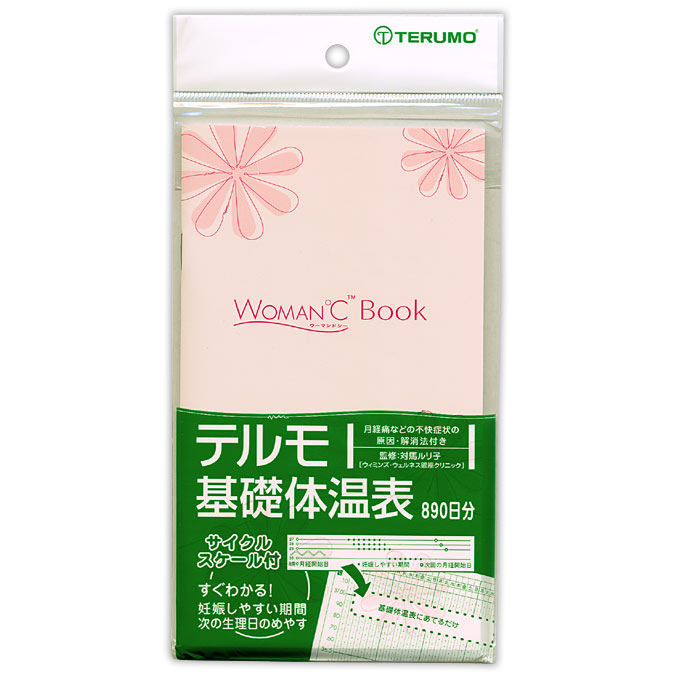
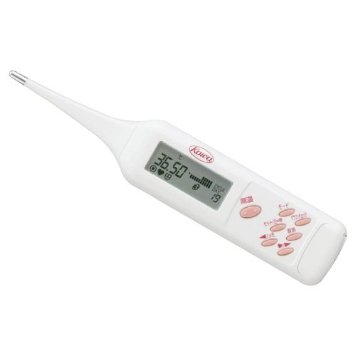
If you’re more of a traditionalist, the calendar or rhythm method is still taught in some schools. Essentially, this method involves you tracking your basal body temperature (with a special thermometer) and gauging the quality/quantity of your cervical mucous (vaginal discharge) over the course of several months. The temperature, mucous consistency and overall health determine your ovulation cycle, which tends to vary slightly from month to month. You can find basal thermometers (基礎体温計; kiso taionkei) at any pharmacy for anywhere between ¥2,000 and ¥4,000.
Notebooks and phone apps related to tracking your ovulation cycle aren’t difficult to find. The notebooks are fairly discrete and may even come as part of a regular yearly diary. They’re great for keeping track of your cycle right alongside your other plans. Some popular apps are Period Tracker Deluxe (iOS, Android) and Life (iOS).
I personally recommend Period Tracker Deluxe. It allows for more customization and isn’t very intrusive with ads or other app recommendations. However, please note that most of these apps are targeted towards women hoping to conceive. So, they may encourage you to get down for that very purpose even if you’re hoping to avoid it.
The Morning After Pill
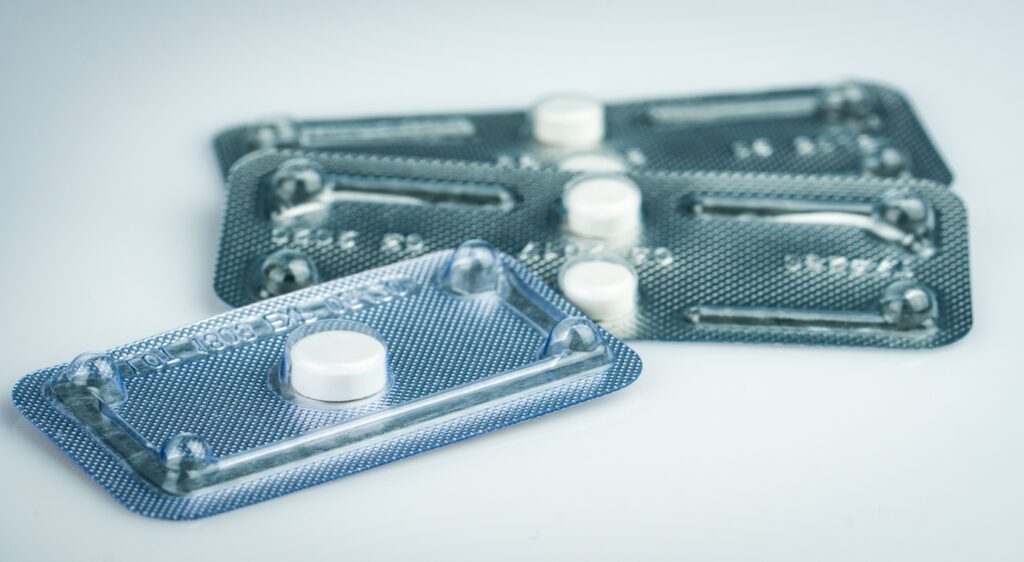 © Photo by iStock: Fahroni
© Photo by iStock: FahroniLevonorgestrel is available for those who find themselves in a panic-inducing situation the following morning. Commonly known as the morning-after pill, it’s a trusted method for post-coital emergencies in Japan, too, but it comes with a few caveats. Unfortunately, the morning-after pill cannot be easily purchased at drugstores in Japan. They may be available at some pharmacies in 2024, but these are currently only being sold on a trial basis.
If you find yourself in need, you’ll need to go to the doctor and get a prescription up to a maximum of 72 hours after having sex.
The morning-after pill is not covered by insurance and will cost anywhere from ¥6,000 to ¥20,000, so while it won’t come cheap, that may be the price you have to pay for peace of mind. Some clinics may offer online consultations and prescriptions, but those will most likely only be available in Japanese.
Overall, condoms are the most common and readily available option for worry-free fun in Japan. So, whether you are going out with someone for the first or the 50th time, make sure to keep some condoms on hand, just in case. One of the main reasons for that is the controversial “contraception” used by many men in Japan… The dubious withdrawal method. Which, for obvious reasons, does not protect against STDs/STIs or pregnancy.
If you go out with a Japanese man, this may be the method he prefers. So ladies, please keep yourself safe and have some condoms stored safely in your purse.
What do you think of these contraception options available in Japan?















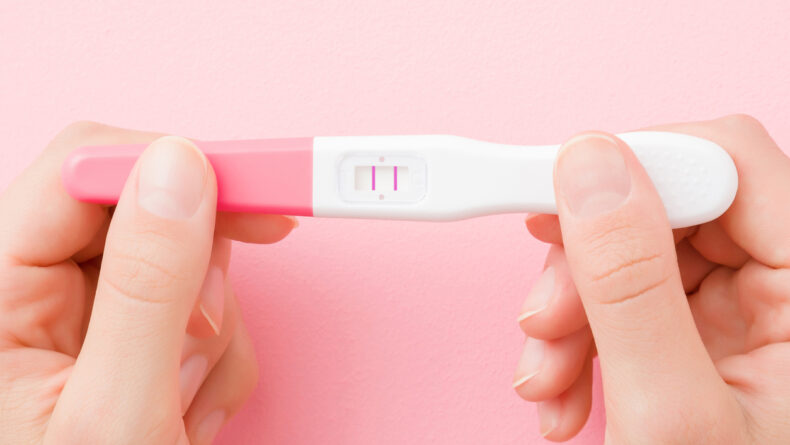
Leave a Reply